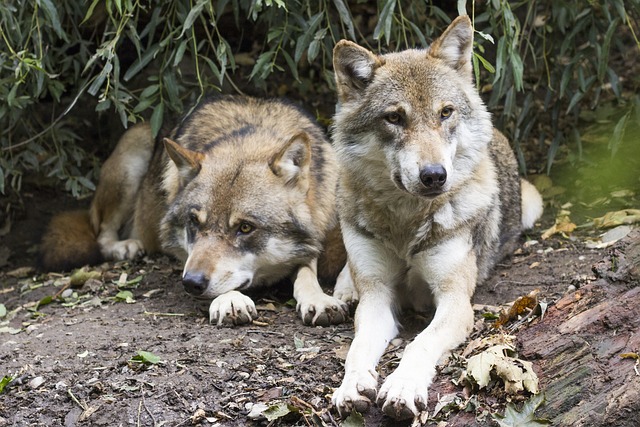Dogs are not just pets; they’re family. We love them to bits, right? But how often do we look at those paws that are always on the go? Yep, the paw pads.
I’ve learned they need care just like any other part of our pups, and I thought it’d be great to share what I’ve found out.
Here are some tips on how to take care of those busy feet!
Apply Proactive Care

Proactivity is key! By integrating certain habits into your routine, you can ensure that your dog’s paws remain healthy, reducing the risk of potential issues down the line.
Routine Inspections
Make it a habit to inspect your dog’s paws regularly. Look for signs of dryness, cracks, cuts, or any foreign objects lodged between their toes. These regular checks will help you catch any issues early on, making treatment easier and more effective.
Proper Grooming
While many dogs naturally wear down their nails, some might need regular trimming. Long nails can affect a dog’s gait and cause pain. Also, remember to keep the fur between the toes trimmed to prevent matting.
Not comfortable trimming your dog’s nails yourself? Consider getting it done professionally. Either way, make sure it’s part of your pet care routine.
Use Seasonal Protection
Seasonal changes can affect your dog’s paw pads. Each season brings its own set of challenges, from the scorching summer heat to the biting cold of winter.
Salt and chemicals used to melt ice can be harmful to your pet’s paws. Moisturizing is especially crucial during winter as the cold can cause paw pads to dry out.
Summer Safeguards
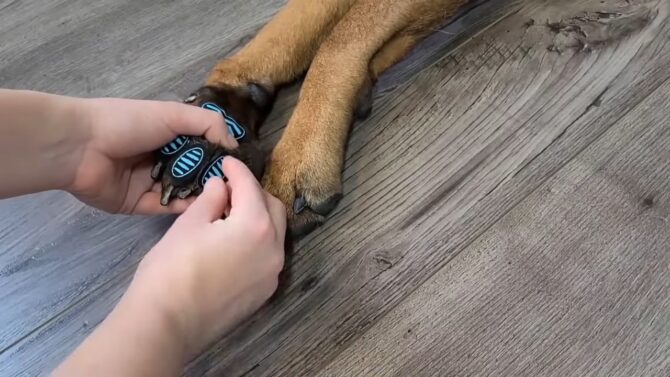
Hot asphalt or sand can burn a dog’s paw pads. During summer, try to walk your friend during cooler times of the day and avoid hot surfaces.
Consider using protective booties or a protective wax to create a barrier against the heat, especially if you’re out during peak sun hours.
Winter Care
Salt and chemicals used to melt ice can be harmful to your pet’s paws. After walks, rinse their feet with lukewarm water to remove any residues. Moisturizing is especially crucial during winter as the cold can cause paw pads to dry out.
Using a paw balm can provide the necessary hydration.
How to Choose the Right Products for Your Pup?
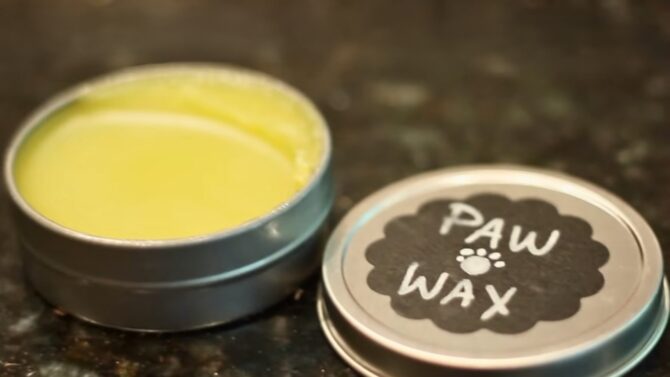
The market is brimming with products for canine care. It’s vital to select those specifically designed for dogs to ensure safety and effectiveness.
Paw Balms and Lotions
When choosing a paw balm or lotion, look for natural ingredients like shea butter, beeswax, or coconut oil. Avoid those with harmful chemicals or artificial fragrances.
Remember, dogs lick their paws, so it’s essential to select products that are safe even if ingested in small amounts.
Protective Footwear
Dog booties are not just a fashion statement; they can be practical. They offer protection against extreme temperatures and sharp objects. Ensure they fit well, and your dog is comfortable wearing them.
Introduce them gradually, allowing your pup to get used to the new sensation.
Dealing with Allergies and Irritations
Just like humans, dogs too can suffer from allergies. Their paws often bear the brunt of such reactions. Knowing how to recognize and address these irritations can make all the difference.
Signs of Allergies
Dogs with allergies often exhibit symptoms like:
- excessive licking
- biting, or chewing their paws
- redness
- swelling
- pungent
Food, pollen, mites, or chemicals can trigger these allergies. If you suspect allergies are the culprit behind your dog’s discomfort, it’s best to consult with a vet for proper diagnosis and treatment.
Managing Allergens
Regularly washing your dog’s paws after outdoor activities can help reduce contact with allergens. Using hypoallergenic wipes can also be beneficial.
You can also consult your vet about special diets or supplements that might alleviate symptoms. Omega-3 fatty acids, for example, can help reduce inflammation and itching.
First Aid and Recovery
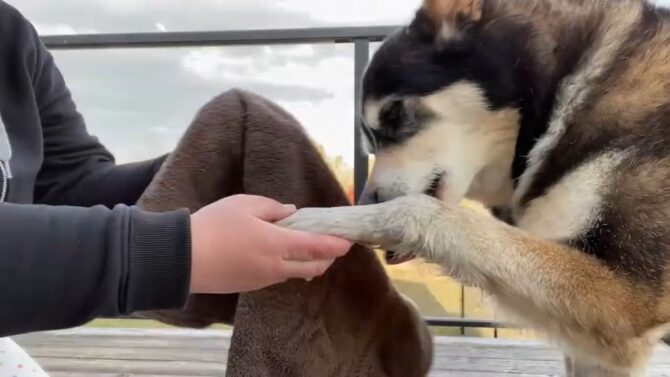
Despite our best efforts, accidents can happen. When they do, being prepared and knowing the basics of first aid for paw injuries is invaluable.
Immediate Care
For minor cuts or abrasions, clean the wound with mild soap and water, then apply an antibiotic ointment. If the bleeding is consistent or the wound appears deep, it’s best to consult a veterinarian immediately.
Keep the injured paw clean and dry. If necessary, you can use a protective bootie or bandage to prevent further damage or infection.
Monitoring and Recovery
Monitor the injury for signs of infection like swelling, redness, or discharge. Ensure your dog doesn’t lick or bite the affected area, as this can delay healing. Promote rest and limit activities until the paw is healed.
For persistent issues or any complications, a visit to the veterinarian is crucial.
FAQs:
Can I use human moisturizer or lotion?
No, it’s not recommended to use human moisturizers on dogs. Many human skincare products contain ingredients that might be harmful or toxic to dogs.
It’s essential to choose dog-specific balms or lotions that are designed to be safe and effective for canine skin.
How often should I inspect my dog’s paws?
It’s a good practice to do so after every walk or outdoor activity. This ensures that you quickly spot any foreign objects, cuts, or abrasions. A more thorough examination can be done weekly to check for dryness, cracks, or other concerns.
What if my dog doesn’t like his paw pads being touched?
Start by gently touching or massaging other parts of his body that he’s comfortable with, like his back or ears. Gradually move to the legs and finally the paws. Treats and positive reinforcement can help in making this a pleasant experience.
Over time, with patience, he should become more comfortable with his paws being touched.
Is it necessary for all puppies to wear booties for protection?
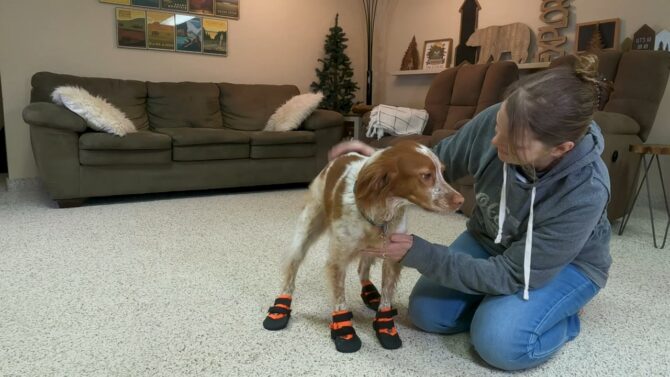
No, not all dogs need booties. However, they can be beneficial for dogs walking on extreme terrains, in very cold or hot conditions, or if they have sensitive paws.
The decision should be based on the individual dog’s needs and the environment they are exposed to.
Can pets have allergic reactions to paw care products?
Yes, just like humans, dogs can have allergic reactions to ingredients in skincare products. It’s always wise to do a patch test when introducing a new product.
Apply a small amount to a section of their paw and monitor for any adverse reactions for 24 hours before using it regularly.
The Bottom Line
It’s pretty straightforward, isn’t it? Just a bit of attention, and we can make sure our dogs’ feet are in top shape.
I’m glad I learned about this, and I hope you found this guide helpful.
Here’s to many more walks, runs, and adventures with our furry friends, with them feeling great every step of the way. Take care and give your pup some extra belly rubs from me!


